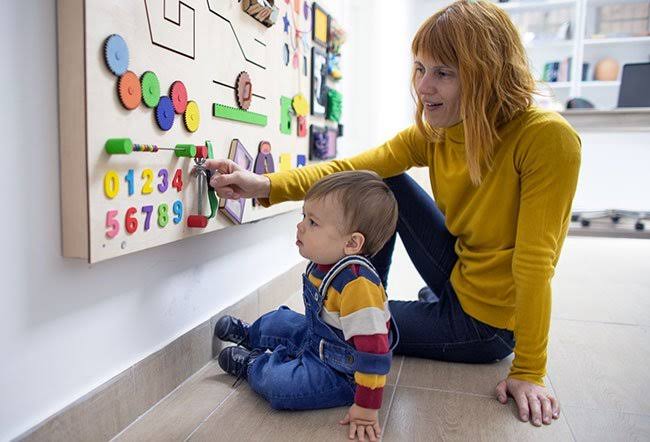
Autism Therapy
Autism spectrum disorder is a condition that impacts the way a person behaves, socializes, or interacts with others. It used to be broken down into different disorders such as Asperger’s syndrome. It’s now treated as a condition with a wide-ranging spectrum of symptoms and severity.
While it’s now called autism spectrum disorder, many people still use the term “autism.”
There’s no cure for autism, but several approaches can help to improve social functioning, learning, and quality of life for both children and adults with autism. Remember that autism is a spectrum-based condition. Some people may need little to no treatment, while others may require intensive therapy.
It’s also important to keep in mind that a lot of the research about autism treatment focuses on children. This is largely because existing researchTrusted Source suggests that treatment is most effective when started before age 3. Still, many of the treatments designed for children can help adults as well.
Every child or adult with autism has unique strengths and challenges, so there is no one size fits all approach to autism treatment and intervention. Each autism intervention or treatment plan should be tailored to address the person's specific needs.

Intervention can involve behavioral treatments, medicines or both. Many people with autism have additional medical conditions such as sleep disturbance, seizures and gastrointestinal (GI) distress. Addressing these conditions can improve attention, learning and related behaviors.

Early Identification And Intervention For Autism
With the availability of centers providing speech and language therapy, assessment, and diagnosis, early intervention is now more accessible to parents and children. As recently as 5 years ago ,if a child was diagnosed with autism there was little or no help available and today we’ve come so far that we are able to work independently with the children and the parents of children with autism.
Having a speech language pathologist at a convenient distance has helped many children to be diagnosed at earlier stages and treated early
As autism can be seen in children as early as 2 years of age, at risk children should be watched carefully for any warning signs.
Why Intervene Early?
There has been a lot of research done which has shown that early intervention can improve a child’s overall speech and language development thus contributing to the better quality of life . Children who receive proper education and support at key developmental stages are more likely to have better social skills and social life.
Intervention in terms of speech and language helps the child mould their communication abilities thus preventing the probability of social isolation.
Early management also benefits the child and parent relationship.
The presence of a child with autism in a family can pose everyday challenges which can be overwhelming. Therefore intervention focuses on both child and parent, where parents learn how to manage their child’s physical, mental and emotional needs.
Thus enabling them to prepare themselves for the journey ahead confidently and enjoy the process of bonding with their child


Types of Treatments : There are many different types of treatments available. For example, auditory training, discrete trial training, vitamin therapy, anti-yeast therapy, facilitated communication, music therapy, occupational therapy, physical therapy, sensory Integration, special education.
The different types of treatments can generally be broken down into the following categories:
1. Behavior and Communication Approaches2. Dietary Approaches
3. Medication
4. Complementary and Alternative Medicine.
At Upkar Speech Therapy & Hearing clinic our early intervention team is made up of the best experts in the area who will be available to help you on your journey with your child. Our team comprises a speech language pathologist, a psychologist, a special educator and an occupational therapist. And if your child has also been diagnosed with hearing loss, an audiologist will also be involved in the team.